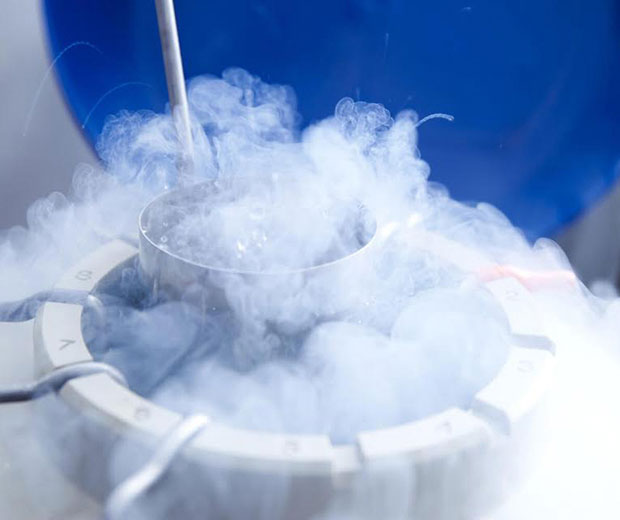
Best Embryo Freezing Cryopreservation in Kolkata
We take great pride in providing specialized care and support in cryopreservation, which is essentially a technique where the sperm and embryos are frozen and then thawed when the need to use the same in the IVF cycle occurs.
With a bank of cryopreserved cells or embryos, one is saved from undergoing the stimulation cycle every time. This prevents repeated use of fertility drugs and embryo transfers during the treatment. At Sparsha Infertility Centre in Kolkata, we specialize in the best techniques for embryo cryopreservation, ensuring the highest standards of care for our patients.
What is Embryo Freezing Cryopreservation and How Does It Work?
Sparsha IVF offers a cutting-edge fertility preservation program known as Oocyte Cryopreservation, commonly referred to as egg freezing. This advanced IVF technique allows women with a healthy ovarian reserve to freeze their high-quality eggs for future use.
Sparsha IVF understands the importance of preserving fertility, whether for medical reasons such as impending treatments that may affect ovarian function or for personal decisions like delaying childbearing for career or other social reasons. Dr. Debalina Brahma, a leading Fertility Specialist at Sparsha IVF, is renowned for providing top-notch cryopreservation services.
It is recommended to consider egg freezing at a younger age, ideally before 34, to ensure the best quality eggs are preserved for future fertility treatments.
Applications of Cryopreservation in Embryo Preservation
In the context of infertility treatment, cryopreservation is commonly used to store embryos that are not immediately transferred during in vitro fertilization (IVF) procedures. Embryo cryopreservation allows patients to have the option of using these embryos in future IVF cycles, offering increased flexibility and higher chances of successful conception.
Overview of the Cryopreservation Process
The cryopreservation process begins with the careful preparation of the cells or tissues to be frozen. The cells are then slowly cooled to a low temperature, and cryoprotective agents are often used to protect them from damage during freezing.
Once the cells are sufficiently cooled using a strict cryopreservation protocol, they are transferred to storage containers filled with liquid nitrogen for freezing and thawing, where they can be preserved for extended periods.
Principle of Cryopreservation Method
- To generalise the process cryopreservation is a method of preserving cells, organs, or any other biological matter to save them from damage and to keep them ready for future use. Here the material is stored at extremely low temperatures, around -80°C with carbon dioxide or -196°C with the use of liquid nitrogen.
- Here, extremely low temperatures are used for cryopreserving living tissues, like sperm and stem cells, to keep them safe for future use; unprotected freezing in this manner is typically very lethal.
- The entire process of cryopreservation is based on the chemical conversion of water present in cells (including the fluid in cell membranes) to a solidified state, often through freezing and thawing.
- When we apply a cryopreservation protocol by cooling something below 0 degrees, freezing water (which typically constitutes 80% of tissue mass) dominates the biological effects.
- Cell liquid or water in the cell membrane requires lower temperatures, as seen in cryopreservation, as compared to normal water due to the presence of salts and other chemical and organic molecules.
- Such low temperatures almost stop any chances of any metabolic activity or biological divisions taking place.
Process of Cryopreservation
Following are the steps which are followed for the regeneration & culturing of plant cells. Initially, aseptic tissue cultures are produced. Subsequently, cryoprotectants along with pre-processing chemicals are incorporated. The process then continues with the succeeding steps being freezing, storing, thawing, and re-culturing in the aforementioned order. Moreover, the practicality of the derived product is consequently evaluated. Upon the completion of these phases, the plant then goes through a renewal process. Embryos are preserved in cryogenic containers at Sparsha IVF, which are consistently checked.
Benefits and Applications of Embryo Cryopreservation
Examining the Benefits of Cryopreservation of Human Embryos
Cryopreservation of human embryos offers numerous benefits, including the ability to preserve excess embryos from IVF procedures, allowing patients to attempt pregnancy without the need for repeated ovarian stimulation and egg retrieval.
Successful Cryopreservation and Long-Term Storage
The successful cryopreservation and long-term storage of embryos provide patients with the flexibility to plan their fertility treatment according to their circumstances, without the constraint of a specific timeline.
Applications of Cryopreservation in Stem Cell Research
Besides its role in embryo preservation, cryopreservation also plays a critical role in the storage and preservation of various stem cell types for future research and therapeutic applications, contributing to advancements in regenerative medicine.
For how long may embryos be stored?
Sparsha IVF follows similar legislation for embryo storage as CARE IVF. Embryos may be stored initially for 10 years. In exceptional cases, with the consent of the patients, storage may be extended up to 55 years from the date of freezing. This extension is granted if the patient, partner, or the intended recipient of the embryos is prematurely infertile or at risk of premature infertility. The extension period is subject to review every 10 years. The decision to extend the storage period is made after close consultation between the patient and their doctor. All concerns, risks, and potential outcomes are discussed thoroughly to ensure the best decision is made for the patient and their future family.
It is important to note that embryo storage is not a guarantee of future pregnancy or childbirth. The rate of success of IVF treatment using frozen embryos varies and may be influenced by a variety of factors, including the age of the woman at the time of egg retrieval and the quality of the embryos. Also, for patients wishing to donate their unused embryos, Sparsha IVF provides a comprehensive ethical and legal framework to ensure a smooth and compliant process. They abide by specific guidelines related to consent, confidentiality, and the right of the child to know their genetic heritage.
The fees for cryopreservation, especially for embryo cryopreservation, are subject to change and are typically reviewed annually. Patients are reminded to update their contact details to stay abreast of any changes. Remember, the decision to store embryos is complex and personal. Sparsha IVF encourages all patients to seek advice and guidance from their medical practitioners and counseling services.
Related Services offered at Sparsha IVF
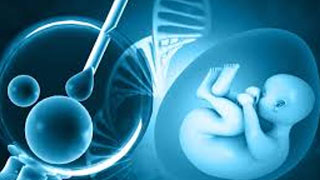
IVF
The procedure where an ovulated egg from the woman's body is fertilized with sperms outside the body is called In Vitro Fertilization or IVF.
Read More
IUI
The procedure to treat infertility through artificial insemination is known IUI or Intrauterine Insemination.
Read More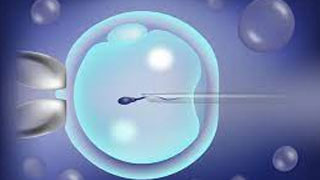
ICSI
ICSI is a complex and extremely careful laboratory procedure, where every single sperm is injected with expert precision.
Read More
Antenatal Care
Our new one-stop approach resulted in a diagnosis of early pregnancies, high-risk pregnancies with all proper investigations.
Read More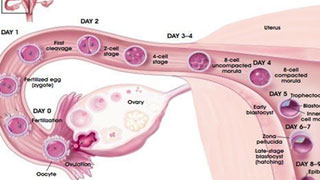
Blastocyt Transfer
Before discussing the culture and transfer process, we should first understand what the blastocyst is.
Read More
Cryopreservation
Specialized care and support in cryopreservation, the sperms and embryos are frozen and then thawed.
Read More
Male Patients Evaluation
It is estimated that up to one-third of all fertility complications of couples is related to a male factor.
Read More
Fertility Diagnostic
Our Infertility Centres in Madhyamgram and Chinar Park offer one-stop fertility diagnostic services for all your problems.
Read More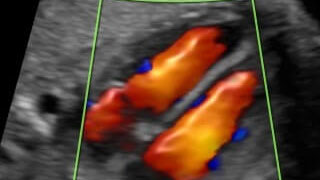
Fetal Echo Cardiography
We provide the service of a prenatal diagnosis for Congenital Heart Disease (CHD) which has a significant impact on the management.
Read More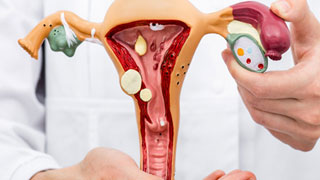
Gynecological Care
Sparsha Infertility Centre – Madhyamgram, has become an absolute hub for diagnosing and treating all sorts of gynaecological conditions.
Read More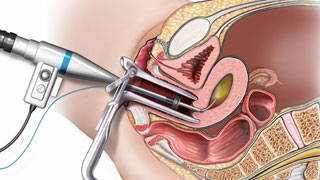
Hysteroscopy
Through Hysteroscopy the doctor is able to look inside the uterus and diagnose and treat the causes of abnormal bleeding.
Read More
Laproscopy
Laproscopy is used to examine the organs inside the abdomen. It is a low-risk procedure requiring only small incisions.
Read More
Book an Appointment
Fill in the details below to enable us contact you instantly
